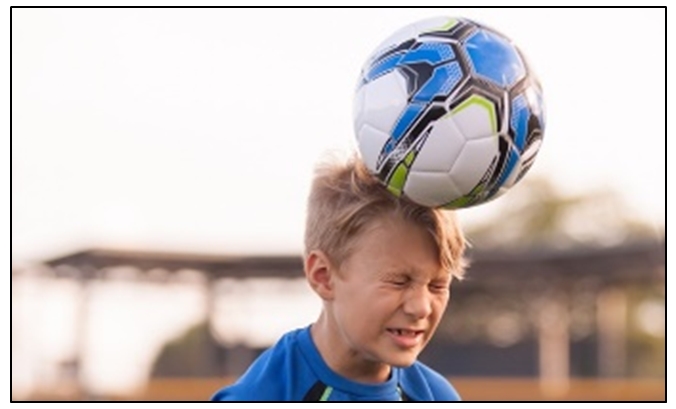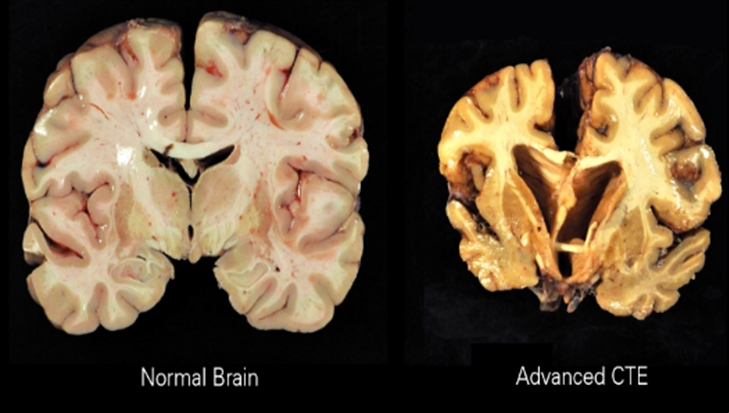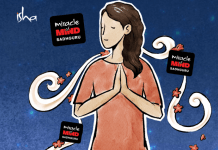Protect the developing brain of the child
A child’s brain undergoes amazing period of development from birth till twelve, producing more than million neural connections. However, what protects this delicate tissue from injuries and trauma? It is the skull and cerebrospinal fluid (CSF) within the brain acts as shock absorber. It certainly protects the brains of football players during jogging, jumping and kicking. Another attractive aspect of the game that fascinates all is heading the ball.
However, injuries due to heading the ball may result in severe damage. This occurs as the shock caused to brain due to injury is more than that can be absorbed by CSF. At first, it may seem like just a minor headache. However, there could also be micro-level damage of the brain tissue. This insignificant damage may lead to serious health issues such as Chronic Traumatic Encephalopathy (CTE) later on. CTE is associated with memory loss, impaired judgement, and many others.
Children are more susceptible to this damage because their skull and the brain tissue is still developing. It is not strong enough to absorb the shock when heading the ball. The damage to kids presents itself as a concussion early on but recent studies show that even one concussion may cause long term, lingering brain damage.
My university organization in Prague strives to make contact sports much safer for athletes. We strongly discourage ball heading in small children in football. We understand the passion associated with football and would like to make everyone aware about the neurological danger associated with the sport.
CTE does not seem to be a compelling concern for kids today. However, a simple act such as prevention of ball heading can lead to a much safer development of the brain. Ensure that students, coaches and parents include exercises to strengthen neck muscles; no encouragement is given to “headers” and lastly, ensure that kids are given medical care immediately.
Medical Student at Charles University
First Faculty of Medicine







